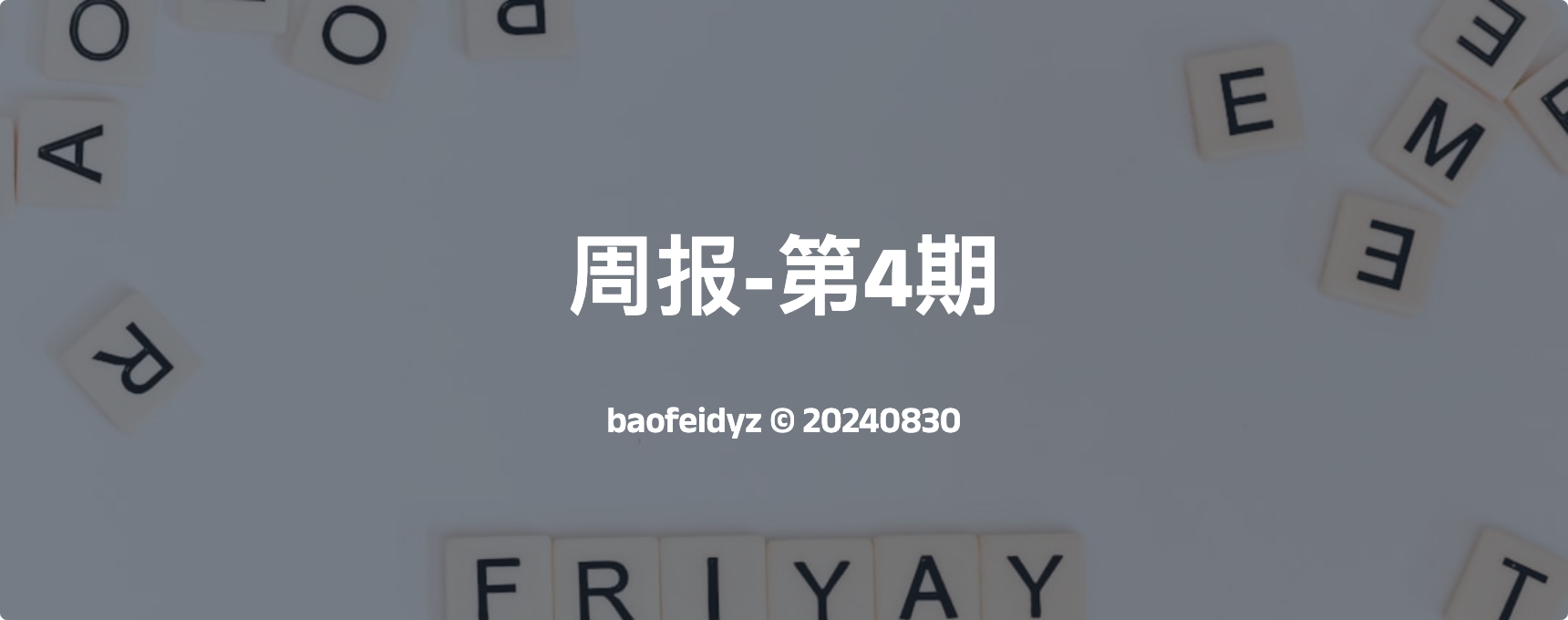周报-第4期:多线程读取HashMap会产生死循环?

多线程读取HashMap会产生死循环?
最近在看廖雪峰大佬写的Spring Cloud开发博客,其中在设计资产系统时,提到说
为什么要使用
ConcurrentMap?
使用ConcurrentMap并不是为了让多线程并发写入,因为AssetService中并没有任何同步锁。对AssetService进行写操作必须是单线程,不支持多线程调用tryTransfer()。
但是读取Asset支持多线程并发读取,这也是使用ConcurrentMap的原因。如果改成
HashMap,根据不同JDK版本的实现不同,多线程读取HashMap可能造成死循环(注意这不是HashMap的bug),必须引入同步机制。
我就很好奇,为什么多线程读取HashMap可能造成死循环,我自己没有遇到过,因为我从来不在多线程的环境下使用HashMap(当然不排除可能我用的一些缓存组件内部实现用了)
在Google上简单看了一些帖子的分析,基本是都是和HashMap扩容相关,大部分都是一边读一边写产生的问题,比如你是否听说过 HashMap 在多线程环境下操作可能会导致程序死循环?。我在学习HashMap源码的时候确实注意到过。但这样一看,难道说是描述不严谨么?
干脆咱们一起看看源码:
1 | public V get(Object key) { |
从我理解来看,我认为只是多线程读是不会出现死循环的,这里只是描述的不严谨罢了。
果然看评论区给出了正确的描述: